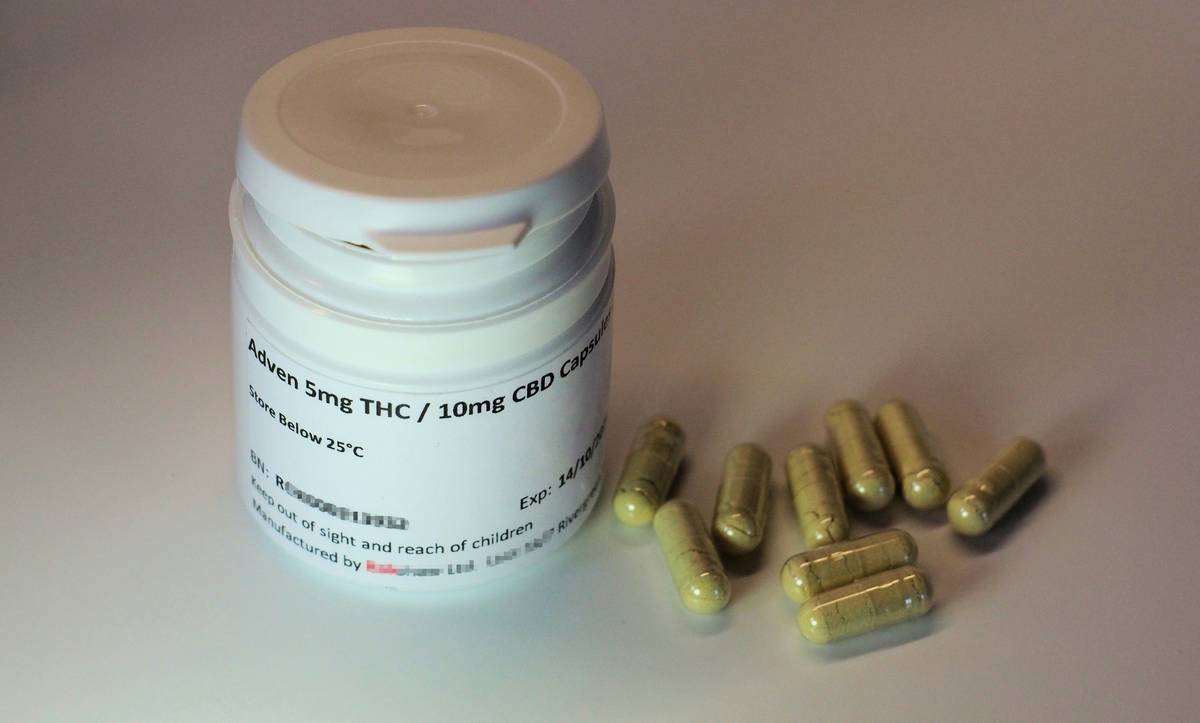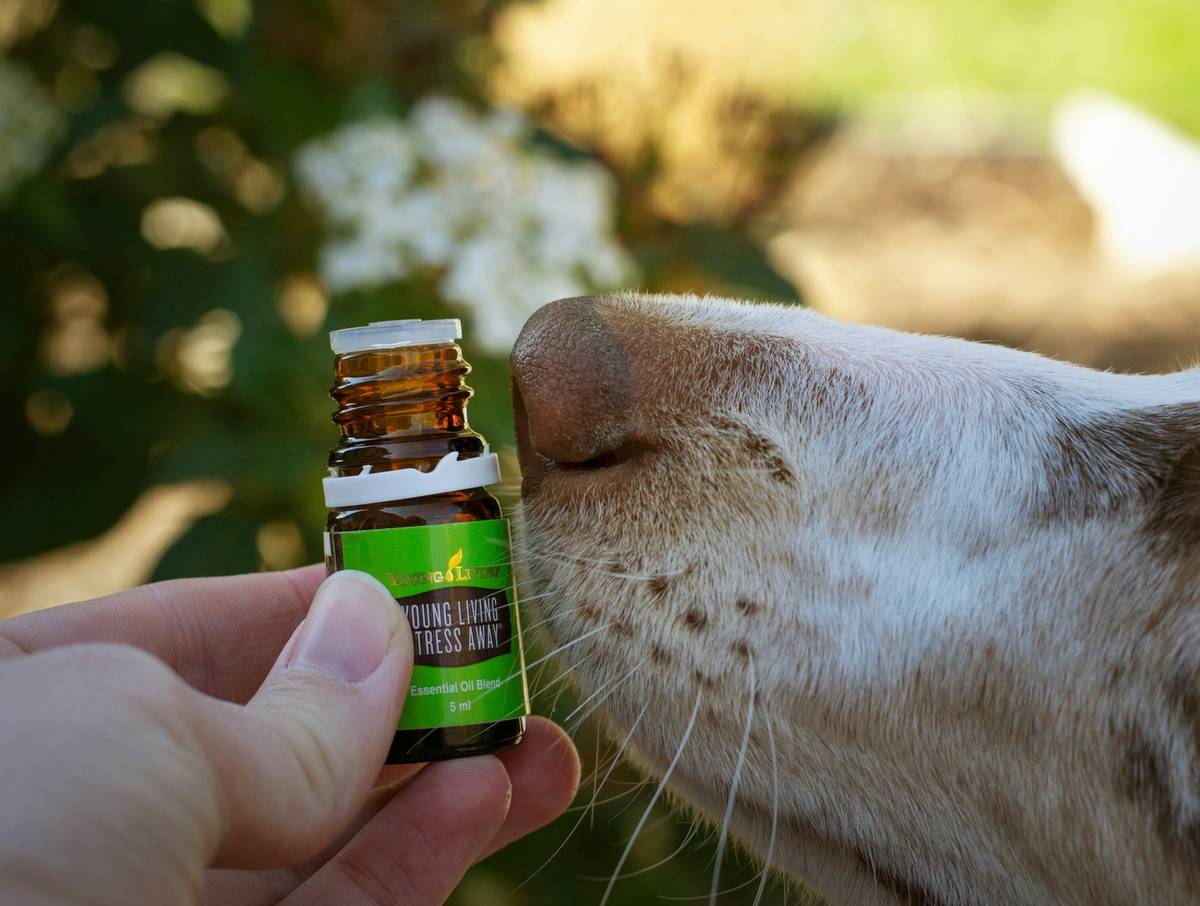Ever noticed your furry friend scratching like they’re auditioning for a one-dog rock band? Yeah, pet allergies can be THAT bad. But here’s the thing—what if you could swap those itchy, miserable moments with calm, waggy bliss using something as simple as turmeric supplements? You’re about to dive deep into how turmeric isn’t just for your golden milk latte—it’s also a game-changer for allergy prevention in pets.
In this guide, we’ll unpack why pet allergies are on the rise, how turmeric steps in as nature’s secret weapon, and step-by-step tips to safely incorporate it into your pet’s diet. Let’s get started!
Table of Contents:
- Why Pet Allergies Are More Common Than Ever
- The Science Behind Turmeric’s Role in Allergy Prevention
- Step-by-Step Guide: Using Turmeric for Your Pet
- Pro Tips for Maximizing Results (and Avoiding Rookie Moves)
- Real-Life Wins: Pets Thriving with Turmeric
- FAQs About Allergy Turmeric Prevention
Key Takeaways:
- Pet allergies are becoming increasingly common—but natural remedies like turmeric offer promising solutions.
- Turmeric’s anti-inflammatory compounds help prevent allergic reactions and support overall wellness.
- Integrating turmeric supplements must follow specific dosages tailored to your pet’s breed, age, and weight.
- Mistakes like over-supplementing or skipping vet consultation can backfire big time.
- Real-life success stories prove the power of consistency when incorporating turmeric into daily routines.
Why Pet Allergies Are More Common Than Ever
I once ignored my dog Max’s random sneezes because, hey, who doesn’t sneeze occasionally? Turns out, those sneezes were the gateway to full-blown seasonal allergies—and trust me, nobody wants their home smelling like wet fur mixed with despair.
Pet allergies have skyrocketed in recent years due to environmental changes, poor air quality, and even processed pet foods packed with fillers. According to veterinary studies, nearly 15% of all dogs suffer from skin or respiratory issues linked to allergies. Cats? They’re not far behind either, dealing with hairballs caused by irritated digestive systems.
“Oh no,” Optimist You says, “Surely there’s hope?”
Grumpy Me replies, “Maybe… IF we tackle this right.”

An infographic illustrating the increase in pet allergies over the last decade.
The Science Behind Turmeric’s Role in Allergy Prevention
So what makes turmeric the MVP of pet care? Here’s the tea: its active compound, curcumin, rocks anti-inflammatory powers that would impress Thor himself. By reducing systemic inflammation—the root cause of most allergic reactions—you give your pet’s body a fighting chance against allergens.
Curcumin works by blocking certain enzymes responsible for triggering inflammatory pathways. This means fewer sniffles, less itchy skin, and happier critters running around your house.
Optimist You: “Just sprinkle some turmeric on kibble, right?”
Grumpy Me: “Not so fast. Overdoing it will leave you cleaning up diarrhea instead of celebrating results.”

A diagram explaining how curcumin reduces inflammation at a cellular level.
Step-by-Step Guide: Using Turmeric for Your Pet
Let’s break down exactly how to make turmeric work wonders without turning Fido into an orange Sherpa.
Step 1: Consult Your Vet
Before doing anything, book a vet appointment. Some pets may have underlying conditions where turmeric isn’t ideal.
Step 2: Choose the Right Form
Powder, capsule, oil? Each has pros. Powder mixes easily with food; capsules ensure precise dosage; oil boosts absorption but might taste funky.
Step 3: Start Small
A quarter teaspoon per day is great for small breeds. Large breeds? Bump it up slightly—but slow and steady wins the race.
Step 4: Monitor Results
Keep track of behavior changes. Less itching? More energy? You’re golden.
[Terrible Tip Warning]
Don’t mix turmeric directly with water—it’ll clump faster than oatmeal during a storm. Instead, blend it with coconut oil or yogurt for better digestion.

A chart displaying appropriate turmeric dosages based on pet size.
Pro Tips for Maximizing Results (and Avoiding Rookie Moves)
- Pair with Black Pepper: Piperine in black pepper enhances curcumin absorption by 2000% (!).
- Stay Consistent: Daily intake beats sporadic use every time.
- Avoid Human Supplements: Those pills designed for us? Toxic levels of stuff cats and dogs can’t handle.
Real-Life Wins: Pets Thriving with Turmeric
Meet Bella, a Golden Retriever plagued by chronic paw chewing. After three months of turmeric supplementation, her owners report zero episodes of excessive licking. And Rocky, a senior cat battling asthma flare-ups, now breathes easier thanks to his new spice routine.
Sound too good to be true? It’s not. These aren’t outliers—they’re proof that consistency pays off.
FAQs About Allergy Turmeric Prevention
Q: Can puppies take turmeric?
Yes, but always consult your vet first. Puppies require smaller doses.
Q: Are there side effects?
Minimal if used correctly, but excessive amounts can upset stomachs.
Q: How long until I see results?
Typically within 4-6 weeks of consistent use.
Conclusion
Allergic pets, rejoice! With smart use of turmeric supplements, you can transform allergy-ridden chaos into zen-like harmony. Remember our journey today? We tackled why pet allergies matter, explored the superhero qualities of turmeric, learned practical steps for implementation, and celebrated real-life victories.
And just like life, sometimes things go wrong before they get better. So here’s hoping your next pet adventure starts with “allergy turmeric prevention” front and center. 🐾✨
Like dial-up internet nostalgia, patience is key when nurturing your pet’s health. Oh, and here’s a haiku:
Turmeric glows bright,
Furry friends find sweet relief,
Itch-free joy restored.


